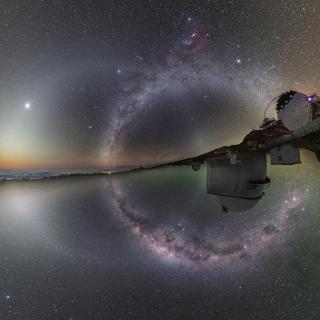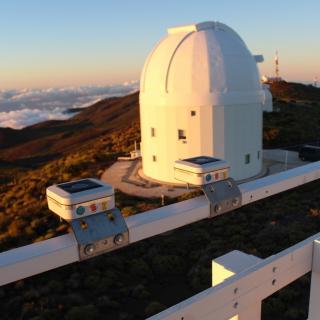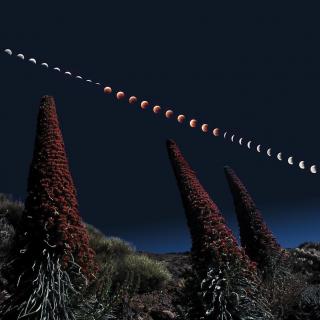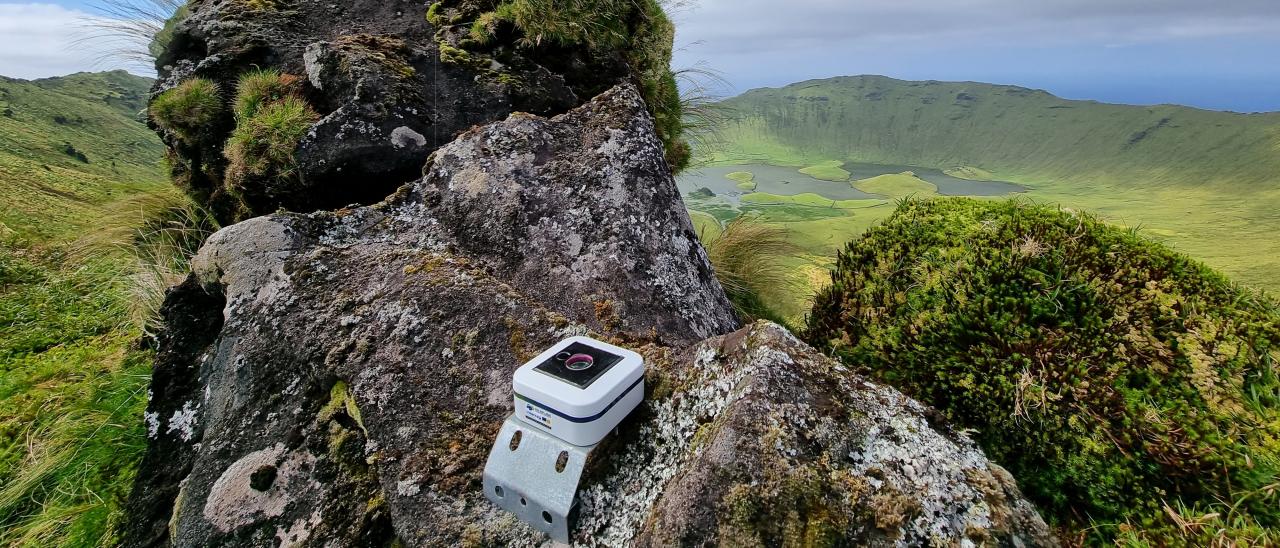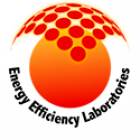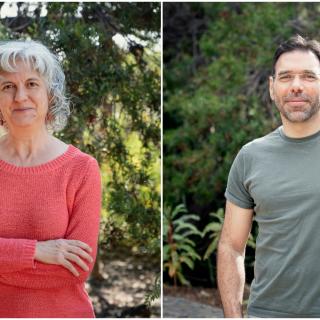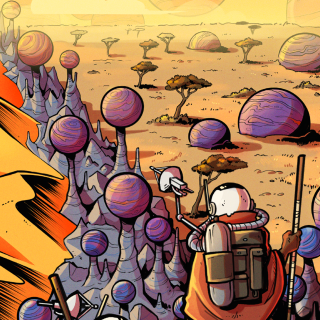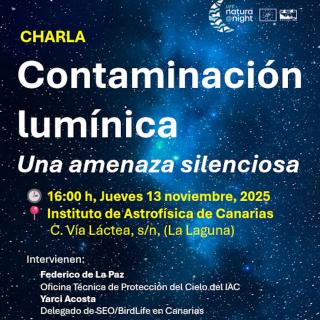There are now 10 sensors monitoring the night-time darkness of the island of Corvo to determine the impact of artificial lighting on the sea birds. The installation of the photometers took place this week, thanks to municipal collaboration and that of SPEA Azores, one of the five centers in Macaronesia which are working in the project Interreg EELabs, coordinated by the Instituto de Astrofísica de Canarias.
During the coming years the light pollution laboratory of the EELabs project on Corvo will measure the propagation of the artificial night-time lighting within the natural ecosystems of the smallest and most isolated island of the archipelago of the Azores, which will help to understand better its impact on the population of sea birds which live there, especially on the adult scopoli's shearwaters. “It is very probable that on Corvo we will be able to measure the natural night-time darkness of the sky of our planet. Its isolation, its small population, and its respect for the environment permit the night-time light pollution in the interior of the island to be very close to zero” says Miquel Serra-Ricart, an astronomer at the IAC and the coordinator of the EELabs project.
The installation of these sensors, whose aim is to find in Corvo the natural darkness of the sky,i son ly one of the objectives of the project Interreg EELabs on that island, which will also be signing an agreement of collaboration with the local Council to carry on improving with intelligene its artificial night-time lighting. The only urban nucleus on Corvo, and therefor th eonly focus of artificial night lighting on the Island, is the town of Corvo, whose population (around five hundred inhabitants) is very much aware of the impact of light pollution on the sea birds.
For over 30 years they have switched off this illumination to coincide with the time when the young of the scopoli's shearwater leave their nests. And recently they have changed the old street lights for warm LED lighting, at 3000K, which can be reduced to2700K, pointed towards the ground, without glass covering, to reduce their intensity by up to 75% during the most critical periods for the sea birds, as these are the most efficient, and also respectful of the night-time ecosystems.
“The Town Council of Corvo is collaborating actively to minimize the light pollution in order to protect the sea birds: the lighting is turned off during the periods when the youngest of the shearwater leave their nests, and has followed the rules of the Guide to Good Practice in Light pollution by modifying the public lighting” explains José Silva, the mayor of the Town of Corvo. “These are continuous actions, which we intend to continue to support with the EELabs project. We will make a municipal bye-law to reduce this threat. Corvo wants to continue to maintain its status as a sea bird sanctuary, and now, perhaps, as a dark night-sky reserve.”
Corvo is also a Biosphere Reserve. In proportion to its area, it has the largest population of scopoli's shearwaters in the Azores. It also is home to 35% of the population of the small shearwater in the region, and one of the two populations of manx shearwaters which nest in region. A special feature of all of these birds is that they visit their nesting colonies during the night. Also, they make their nests in holes in the ground, guided by the stars, and also look for food in the dark, on occasion eating bioluminescent prey.
“Light pollution is a major threat to the more than 56 species of sea birds” explains Tânia Pipa, researcher and conservator of SPEA Açores and a member of the EELabs project. “Sometimes these birds fall down into urban areas as they are blinded by the artificial lighting, and they end up crashing into buildings or being eaten by their predators. For this reason, SPEA has been collaborating since 200i9 in the campaign “SOS Cagarro” on the Island of Corvo, and as early as 1991 carried out the first activity designed to minimize this threat within the archipelago. Together with the town council we have supported general switch-off during the critical week when the young of the scopoli's shearwater come out of their nests, and we have given technical support to the choice of suitable public lighting which is efficient and not harmful to the sea birds. These actions are now continuing in the framework of the EELabs project, and may be be augmented with the aim of evaluating the impact of the threat on the adult scopoli's shearwaters when they are visiting their young to feed them. This is something about which even now very little is known. The project will follow the journeys of these birds and include a stand-alone system of monitoring their visits to the nesting colonies, which will let us continue with the work and enhance our knowledge of how light pollution affects the reproductive cycle of the scopoli's shearwater”.
EELabs (eelabs.eu) is a project funded by the Programme INTERREG V-A MAC 2014-2020 and co-financed by FEDER (European Fund for Regional Development of the European Union, under contract number MAC2/4.6d/238. 5 centres in Macaronesia (IAC, UPGC, SPEA-Azores, SPEA-Madeira) work in EELabs. Its objective is to create laboratories to measure the energy efficiency of the artificial night-time illumination in the natural protected areas of Macaronesia (the Canaries, Madeira, and the Azores).


